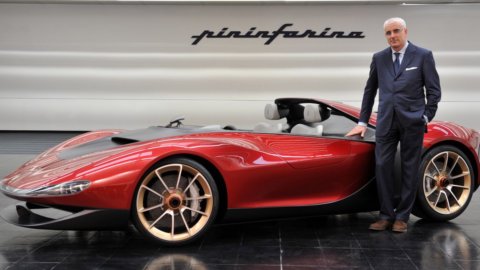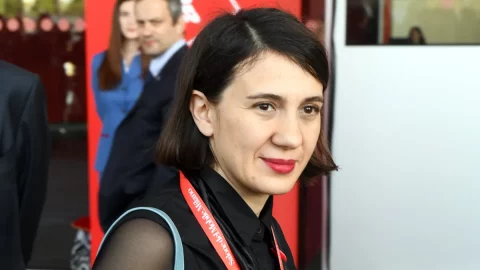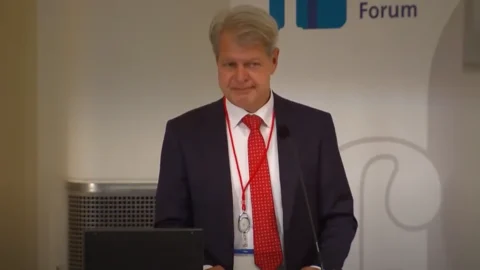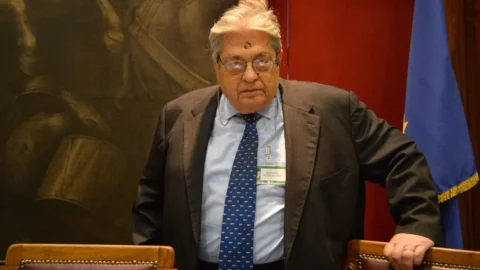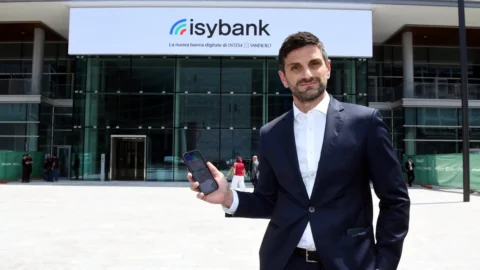Starting again from the reputation of the brand and from design, to return to being great after having lived through the darkest years of its history, with a debt that had exceeded 600 million euros and a business that could no longer bear the crisis in the car market . This is the story of the last 10 years of Pininfarina under the guidance of the managing director Silvio Pietro Angori (first external manager in history, wanted by Andrea Pininfarina before his incredible death in 2008) and – from 2016 – with a new governance, after the acquisition of 76% of the capital by the Indian group Mahindra. "We took what in 2007 was a tiny part of the turnover (30 million out of 1,2 billion) and made it what we are today", the CEO of the brand historically linked to the automotive (from which still today derives 70% of the turnover) but which designs everything from planes to yachts, from skyscrapers to trains, up to interior architecture, coffee machines, drink dispensers, cable cars (and ski boots) , bottles, watches and many other objects that have made the history of Made in Italy. “And I would like to clarify that Pininfarina is made in Italy: Mahindra is a financial investor, who wanted a board made up of 5/9 independent directors. And the debt restructuring had started well before the acquisition”.
Doctor Angori, what is Pininfarina today?
“Today it is a 100% service company. We no longer produce cars, as we did until 2010: in 2007, 90% of Pininfarina's turnover came from the construction of vehicles for third parties. The remaining 10% derived from design and engineering activities half related to our productions, and the other half on behalf of third parties. One day, we decided that that small part of our business, equal to 5% and quantifiable in 30 million in revenues (another 30 came from an activity in France that we had to sell) would become the whole company. And today those 30 million have become 87 in the 2017 budget, with the first half of 2018 recording a +27% half-year on half-year. Employees, who had reached the minimum of 2016 in 500, have risen to 650, of which 350 in our headquarters in Cambiano”.
Why did you make this choice?
“First of all for the reputation of the brand. the brand is nothing more than what a company does best, and in our more than 80-year history it has been design that has set us apart. And obviously it was also a choice dictated by the difficult market conditions of those years. In the early 2000s, there was a dramatic shift in the automakers' approach to the supply chain, shifting risk to suppliers. There is one fact: in 2004, the top 40-50 automotive component companies went bankrupt or were subject to extraordinary administration. Among other things, with the 2007-2008 crisis, it was precisely the niche car sector (such as the Spider) that was most in difficulty, which is now only partially recovering”.
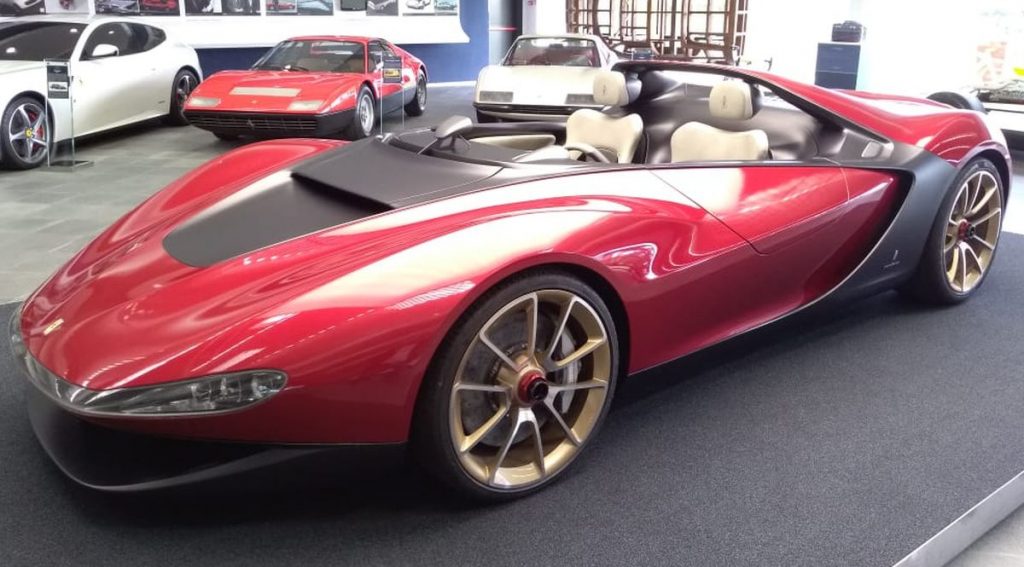
A smaller company than it used to be, but with a winning model, which in the transition has reduced a monstrous debt: is that right?
“In 2007, when I became general manager of Pininfarina (I would later become CEO in 2009), we were not only a mile from the abyss but we were on the brink. We had a debt of over 600 million and 5.000 employees, the shareholders did not want to proceed with the capital increase and the shares were pledged by the banks. In these conditions, it was also difficult to find a buyer, who in fact arrived only in 2016, with the company already partially restored. Mahindra has contributed with a recapitalization of 20 million but has found a company with financial indicators in order, an Ebitda that is always positive and growing and a cash flow that is always positive. We plan to completely eliminate the debt by 2025”.
And soon it could already be time for investments: during the presentation of the industrial plan in Milan, you said that you are interested in possible acquisitions. Do you confirm it?
"Yes, but I won't add anything else".
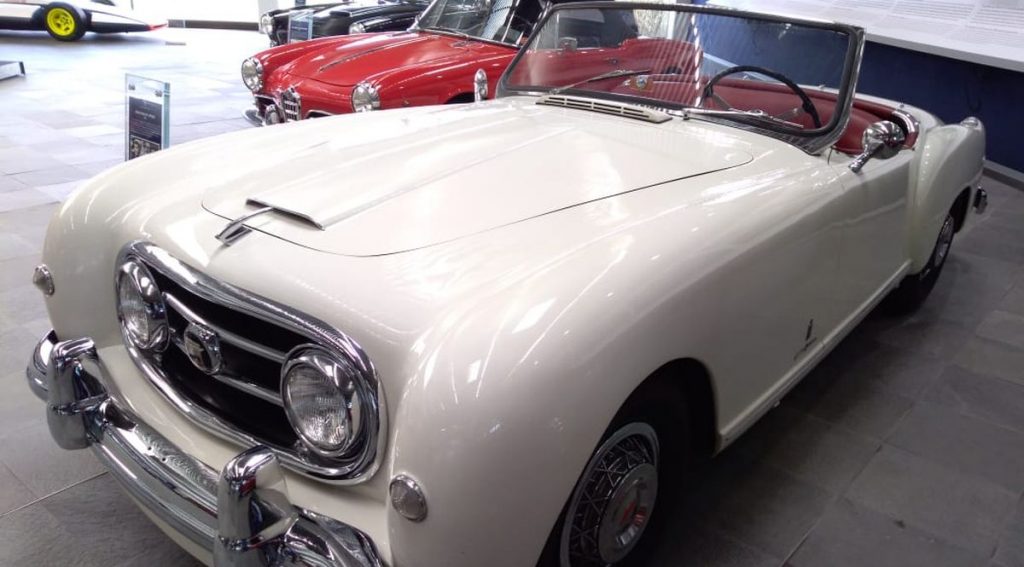
Let's go back to the product: Pininfarina has always been linked to the automotive world, but it doesn't deal only with this. Today more than ever, your business is broad and heterogeneous: can you tell us about the latest news and future strategies?
“Today the company has two souls: the technology linked to cars and then the legacy of the brand as such, with all its expressions, from automotive and non-automotive design services, to small series production and the extension of the brand in many areas, from trains to planes, passing through yachts. Today we design skyscrapers all over the world, we do industrial design in infrastructures, for example we have also designed the interiors of the Juventus stadium. With a decisive paradigm shift: we no longer sell goods, but services. Or rather experiences. Is called design thinking: today when we design a product, not only designers and engineers sit at the table, but also scholars, psychologists, sociologists. Design becomes a tool to generate emotions and to personalize the service. The car itself evolves in this sense: before it was the most classic of owned assets, today if we think, for example, of car sharing, it is a shared good, a service. It can always be a status symbol, but it is not the object itself that gives added value but what it can interact with the consumer's life. Even the car market is becoming a liquid market, with realities such as the Internet of things, car sharing, self-driving cars”.
By the way, will the day of self-driving cars ever come?
“In my opinion yes, within 5-7 years. I'll tell you more: self-driving cars will arrive first in the privileged lanes of electric cars, even if the two products will coincide. The future, I am convinced, is in electric and shared cars. This will bring a double advantage for environmental sustainability, especially in urban centres: less polluting cars, and fewer cars. But the combustion engine will never completely disappear.”
And how does Pininfarina position itself on the issues of environmental sustainability?
“Always at the forefront. We designed the first electric car way back in 1976 and today 80% of the cars we design are electric, some even self-driving. For example, here in Turin we design the Blue Cars, the electric car sharing founded by Bollorè in France. In China, the first market for electric vehicles in the world, we have been developing cars since 1997 and we recently received a visit from Chinese Deputy Prime Minister Ma Kai, who was interested in our green business. We could not escape, because the role of the designer is also to be ahead of the times".
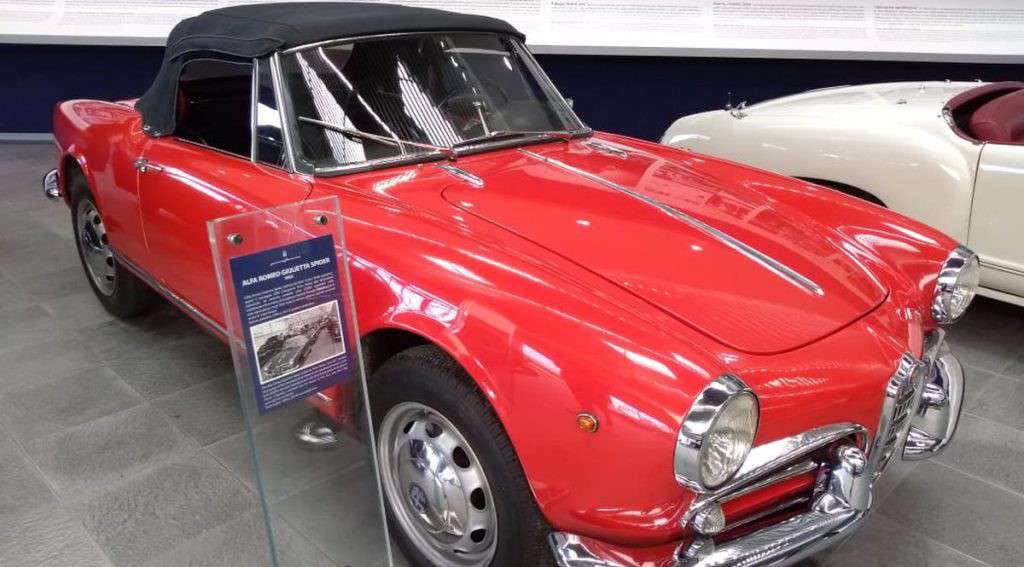
Just as you could not escape a greater presence on the US market, even considering the possible consequences of some trade policies.
“In the USA we are present in Miami and now we will also open an office in Los Angeles, in order to be in contact with Silicon Valley, the most innovative place in the world, where future trends emerge and where, in addition to saying, we also have a lot to learn. The USA has always been one of the reference markets and it must be admitted that the policies on duties have forced serious reflections on us: going there is also a preventive measure in this sense, to avoid being penalized by the protectionist tendencies which are in fashion now, in America as elsewhere".
Another very interesting market, where your turnover grew by 600% in 2017, is the Middle East.
“There we mainly have business with the Emirates and we do industrial design and architecture in particular. For example, we designed the control tower of the new Istanbul airport, which will be the largest hub in the world. We had a very important order in Iran, relating to the development of a car platform, but we suspended it due to the client's difficulties in honoring his contract. Difficulties which, as far as we are concerned, are not directly connected to the sanctions that have hit the Middle Eastern country".
A question about one of your historical customers: Ferrari has just presented the new plan.
“Ferrari is an historical partner of ours and will continue to be so: to date it is still the fourth most important customer we have and is worth 12-13% of our turnover”.
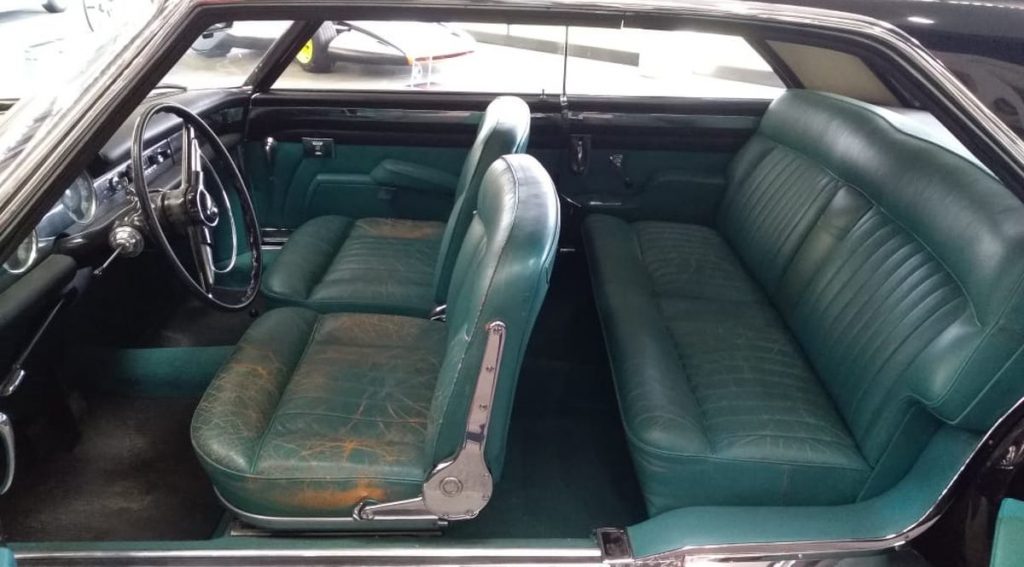
US authorities have launched an investigation into whether Mahindra violates Fiat's patents on Jeep design. The Indian group disputes claiming that an agreement was signed with FCA in 2009. What does it have to say about this?
"I know nothing about this affair, I can only tell you that it does not concern Pininfarina in the most absolute way, it is a dialectic between our ownership and FCA, but I cannot tell you more".
How do you respond to those who claim that Pininfarina "is Indian"?
“Which is not the case, the reference shareholder has an Indian passport, but the capital has no passport and 26% of us are listed on the Italian Stock Exchange. Pininfarina is 100% made in Italy, Mahindra is a financial investor, who among other things wanted, for maximum transparency, a Board composed of 5/9 of independent directors and only 2/9 of members of their top management, moreover not belonging to the parent company but to Tech Mahindra. The base of our business is always in Italy and the property does not interfere in any way in the choices. He demands results, yes, as happens in all families. But industrial collaboration is even lower than before the deal, when Mahindra was already one of our customers: today we only make 2-3% of our turnover with them".

